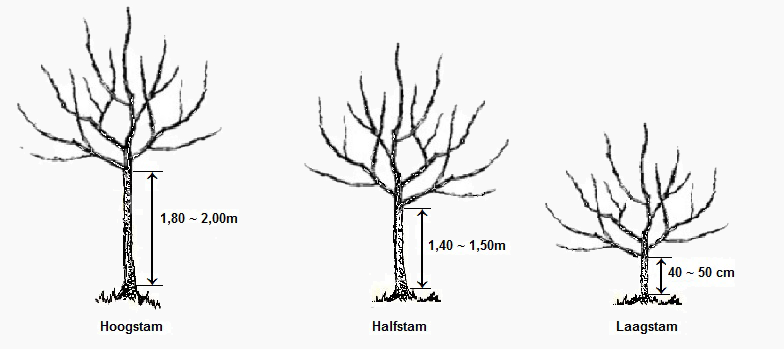@Acre4Me's basic point is correct. You want to aim for opening up the center to get more light. I start with trimming off any damage, removing branches that are rubbing/crossing and then go on to the proper shaping. I recommend watching some YouTube videos to get a better idea on pruning techniques.
One additional idea that you might want to consider. Some fruit trees are self-fertile and some require a partner. Few apples are self-fertile. But even many self-fertile trees benefit from a compatible partner and will produce more fruit. Since I have a small yard, I've actually learned to graft branches onto my trees instead of adding more trees.
I have a single peach tree, but my neighbor has a compatible peach and so I swapped pruned limbs on both via grafting to help us both produce more. I've also purchased scions (trimmed branch sections) on Ebay to graft onto my two pear trees as they are not compatible and I wanted more production. If you do this, mark the graft somehow so that you don't accidentally prune it off later.
Both pruning and grafting are an art, so you get better with education, practice and observation.
One additional idea that you might want to consider. Some fruit trees are self-fertile and some require a partner. Few apples are self-fertile. But even many self-fertile trees benefit from a compatible partner and will produce more fruit. Since I have a small yard, I've actually learned to graft branches onto my trees instead of adding more trees.
I have a single peach tree, but my neighbor has a compatible peach and so I swapped pruned limbs on both via grafting to help us both produce more. I've also purchased scions (trimmed branch sections) on Ebay to graft onto my two pear trees as they are not compatible and I wanted more production. If you do this, mark the graft somehow so that you don't accidentally prune it off later.
Both pruning and grafting are an art, so you get better with education, practice and observation.


